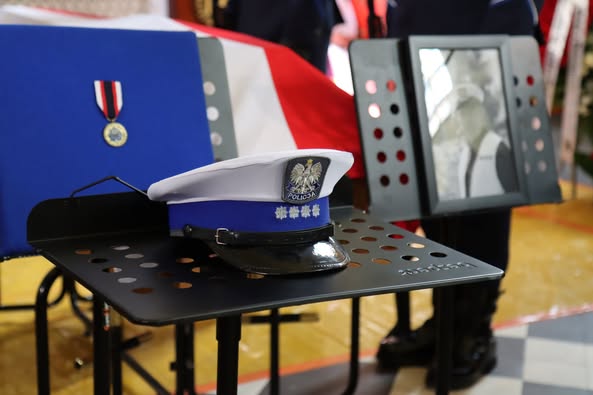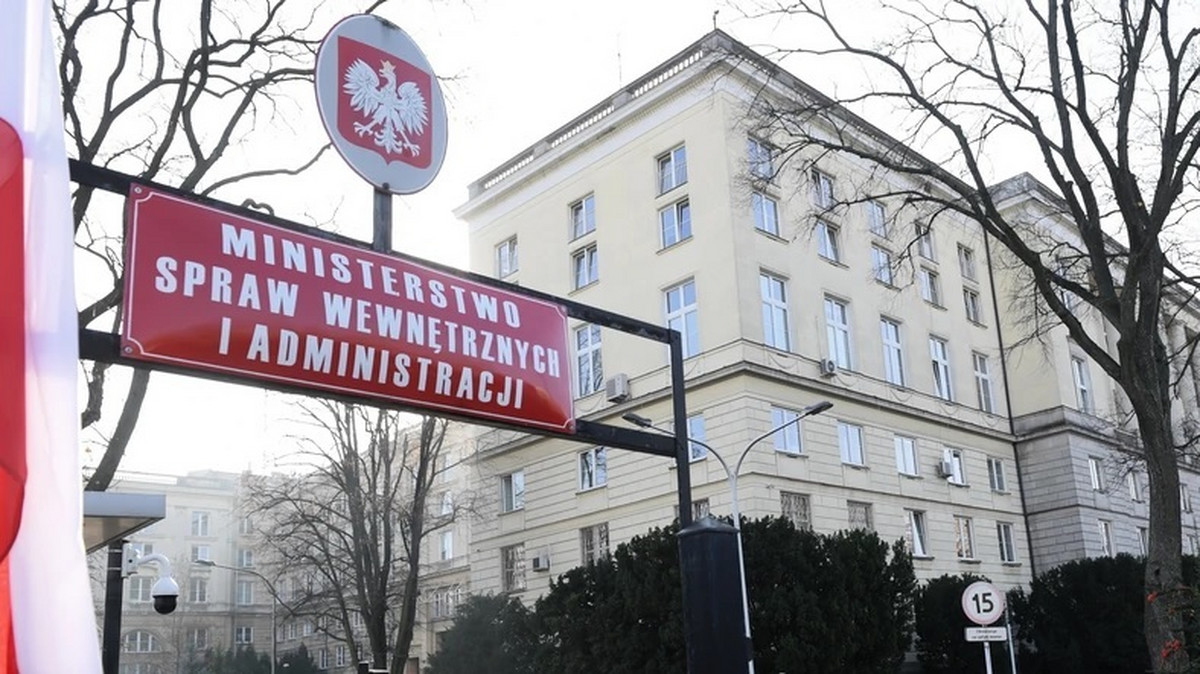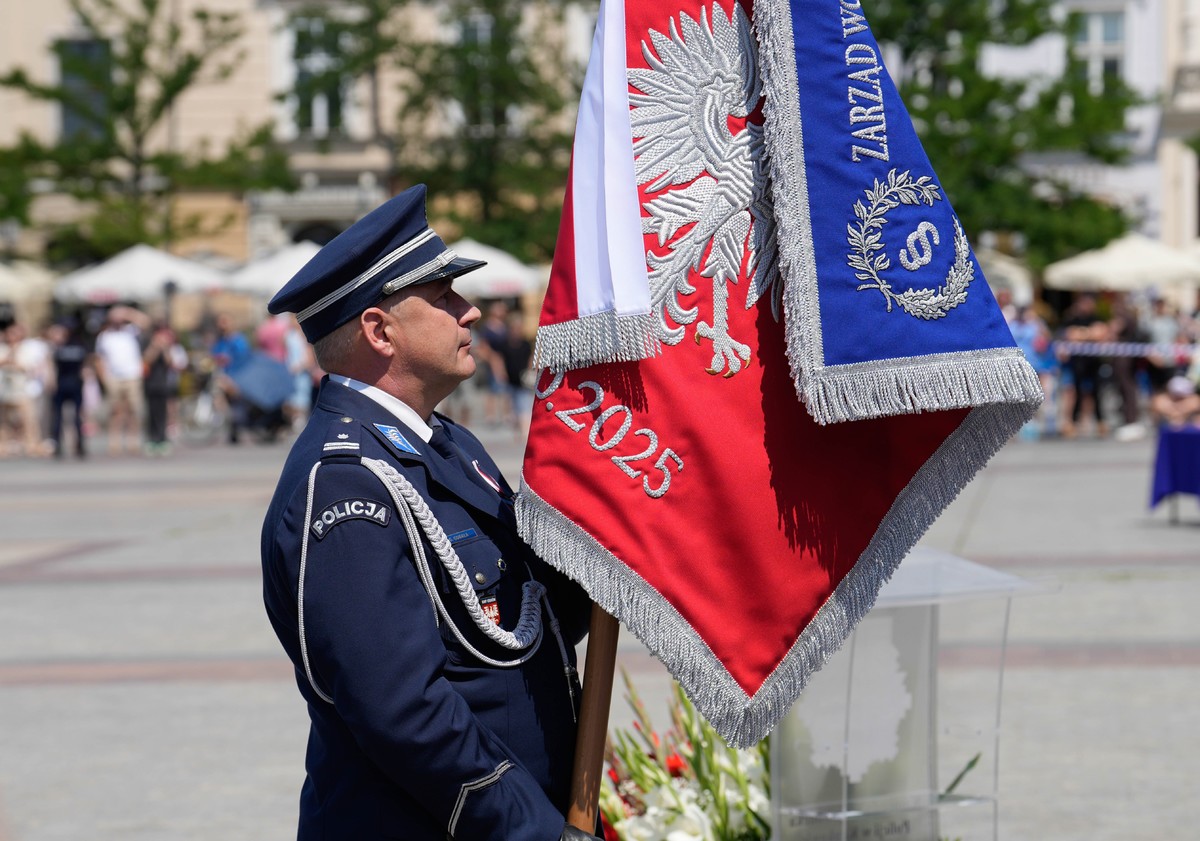
TOKYO- Families of victims from the Japan Airlines (JAL, JL) Flight 123 disaster gathered to mark 40 years since the world’s deadliest single-aircraft accident. The Boeing 747 crash on August 12, 1985, between Tokyo Haneda (HND) and Osaka Itami (ITM) claimed 520 lives, leaving only four survivors.
Kuniko Miyajima, whose nine-year-old son died in the crash, continues leading a support group dedicated to preserving the memory of the victims and promoting aviation safety. On the anniversary, her group released a new collection of essays, “After the Red Cloud,” sharing personal accounts from bereaved families to pass on the lessons learned from the tragedy.
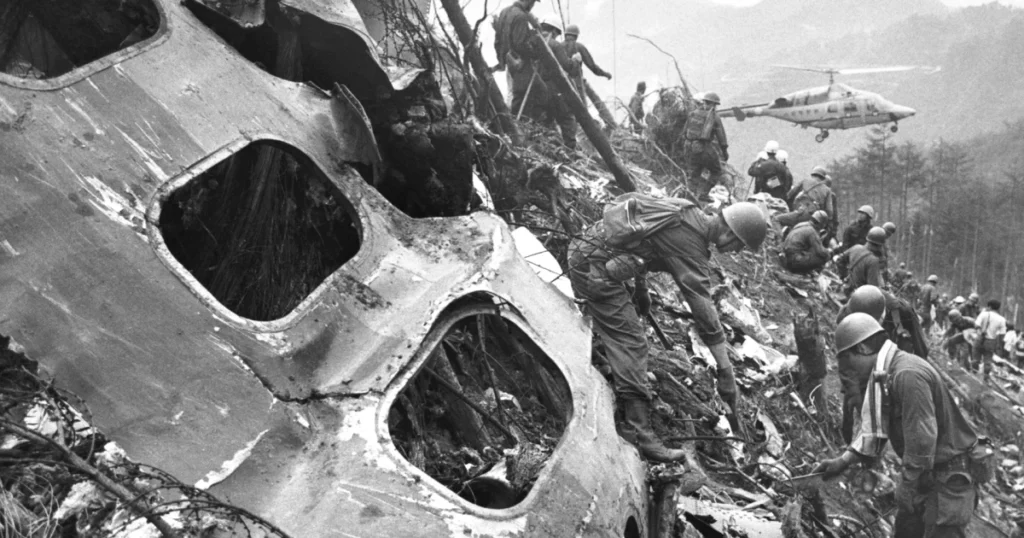 Photo: Unknown Source
Photo: Unknown SourceJapan Airlines 747 Crash
Miyajima’s group, active since the late 1980s, previously published memoir collections under the title Akanegumo (“Red Cloud”), inspired by the sunset glow seen from the flight before impact.
The latest volume contains essays from 32 contributors, including seven first-time writers, many of whom are elderly and concerned about fading memories.
The booklet features deeply personal reflections. Machiko Taniguchi, 77, writes about still missing her husband decades later, while Kimi Ozawa recalls losing her husband while pregnant.
Some victims’ children, now adults with families of their own, shared how the absence shaped their lives and their determination to keep the story alive for younger generations.
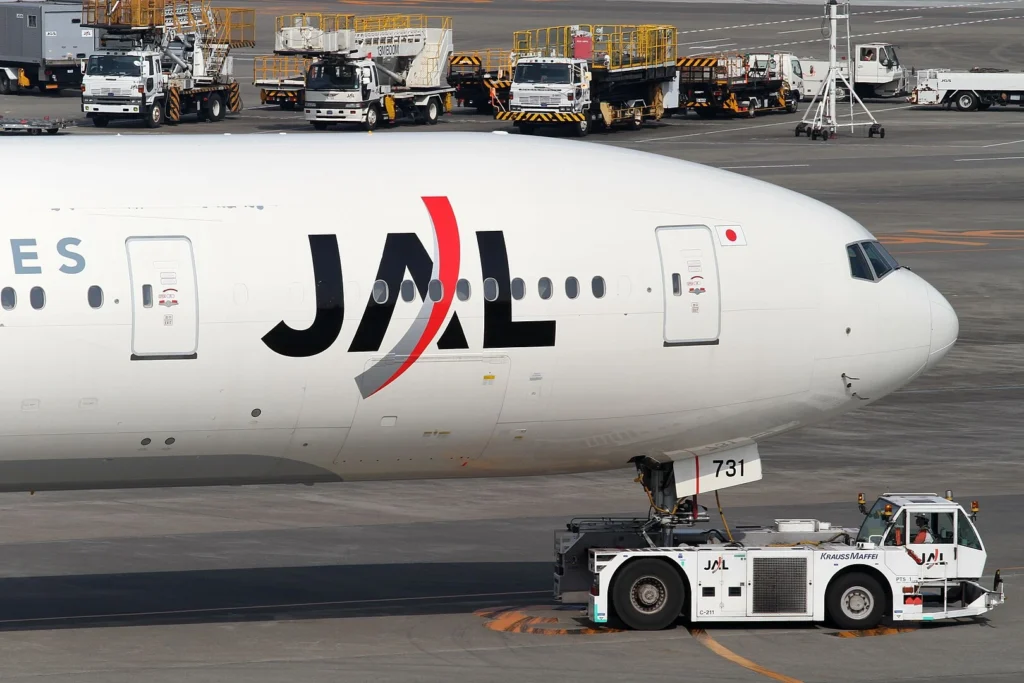 Photo: By Kentaro Iemoto from Tokyo, Japan – JAL B777-300ER(JA731J), CC BY-SA 2.0, https://commons.wikimedia.org/w/index.php?curid=23458469
Photo: By Kentaro Iemoto from Tokyo, Japan – JAL B777-300ER(JA731J), CC BY-SA 2.0, https://commons.wikimedia.org/w/index.php?curid=23458469The Flight and the Investigation
Japan Airlines Flight 123 departed Haneda Airport at 6:12 p.m. on August 12, 1985, bound for Osaka Itami Airport. Twelve minutes into the flight, the crew lost control after the rear pressure bulkhead—damaged in a 1978 tail-strike incident—ruptured due to a faulty repair.
This caused the vertical stabiliser to detach and destroyed all hydraulic systems, rendering the aircraft uncontrollable.
Thirty-two minutes later, the aircraft struck Osutaka Ridge in Gunma Prefecture. Of the 524 people on board, only four survived.
The official investigation concluded that inadequate maintenance procedures led to the failure, prompting global changes in structural repair and inspection standards.
Miyajima, describing herself as an “ordinary housewife” before the crash, became a vocal advocate for aviation safety and support for accident victims. Her campaign led to the creation of Japan Airlines’ Safety Promotion Centre near Haneda Airport in 2006.
The facility displays parts of the wreckage, final messages from passengers, and other educational materials, serving as a training space for airline staff and the public.
The centre’s approach has influenced other safety initiatives, including Airbus’s safety centre in Europe. Miyajima also highlighted Japan Airlines’ effective evacuation of 379 passengers during a 2024 collision at Haneda as an example of training and preparedness saving lives.
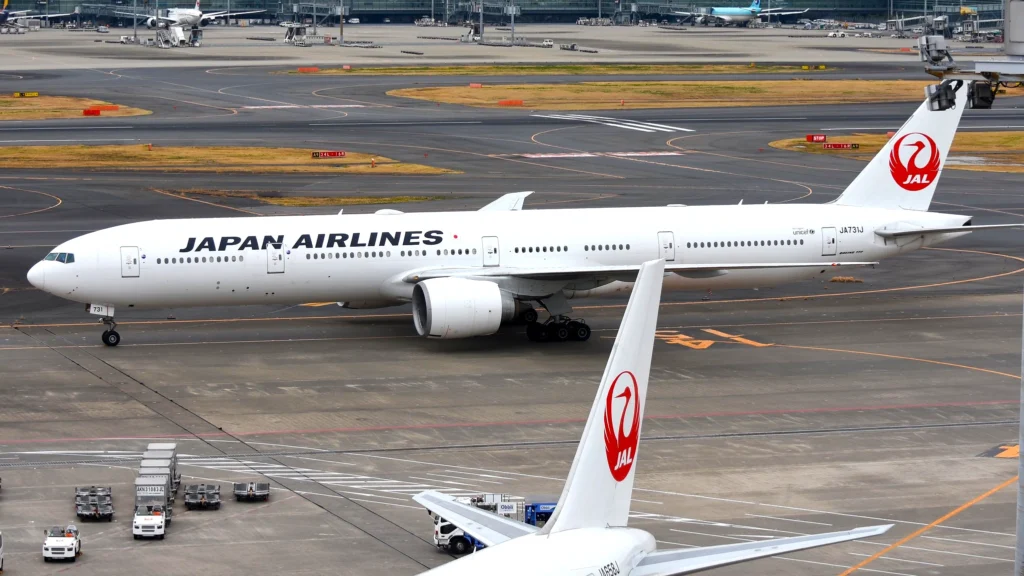 Photo: ERIC SALARD | Flickr
Photo: ERIC SALARD | FlickrA Shared Responsibility for Safety
In a lecture to 200 JAL employees at the airline’s Tokyo headquarters, Miyajima stressed that safety is not built on hope alone, but on shared responsibility, openness to different perspectives, and learning from the past.
While she once felt some airline staff distanced themselves from bereaved families, she now sees progress in collaboration.
“As the 41st year begins, let’s work together to create safety,” she told the audience, reinforcing that remembrance is not just about grief but about shaping a safer future for all who fly.
Stay tuned with us. Further, follow us on social media for the latest updates.
Join us on Telegram Group for the Latest Aviation Updates. Subsequently, follow us on Google News
Japan Airlines Issues Final Report on A350 Crash New Injuries
The post Japan Airlines Flight 123: Family Mourns, Deadliest Single-Aircraft Crash in the World appeared first on Aviation A2Z.









